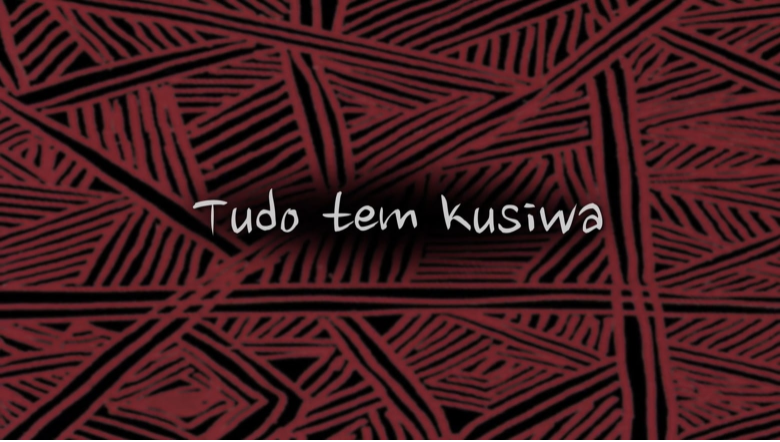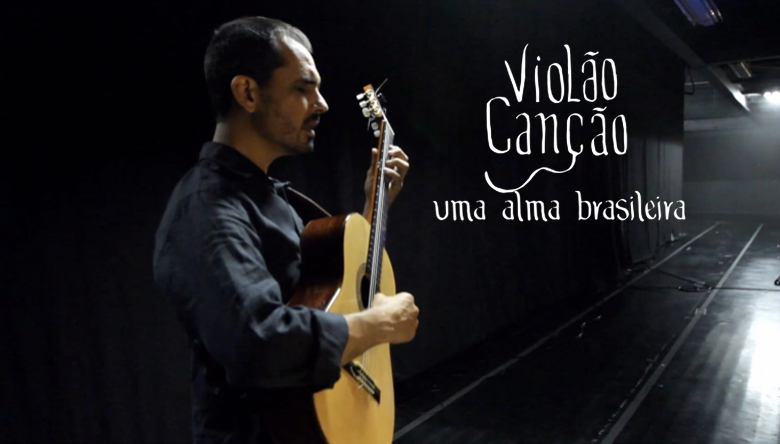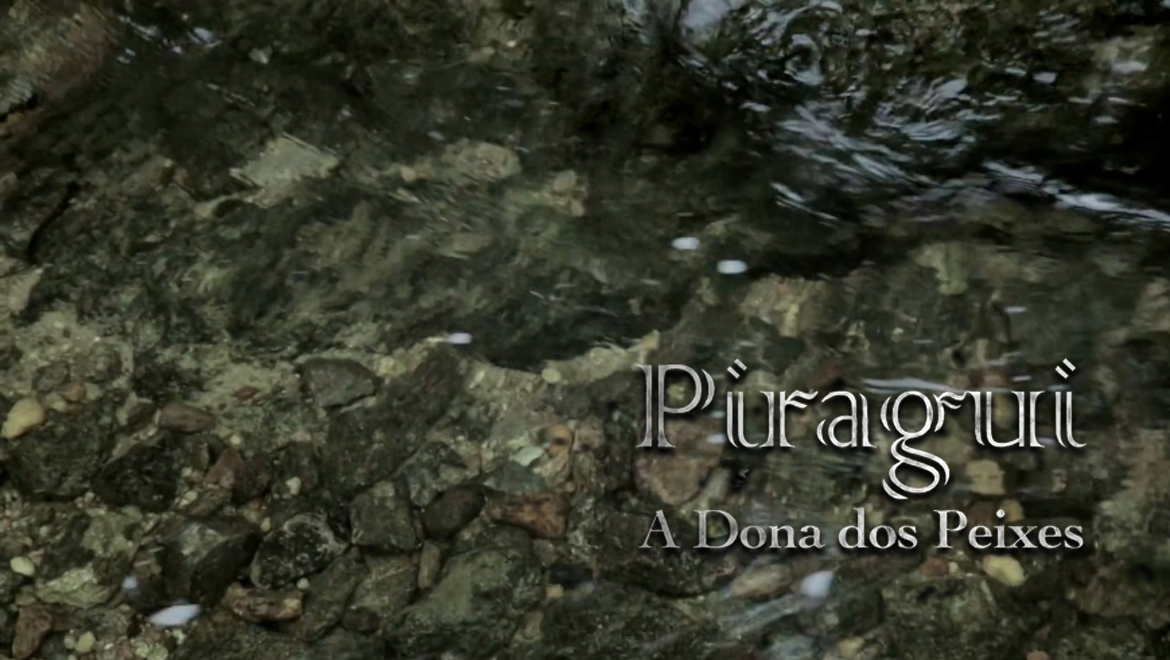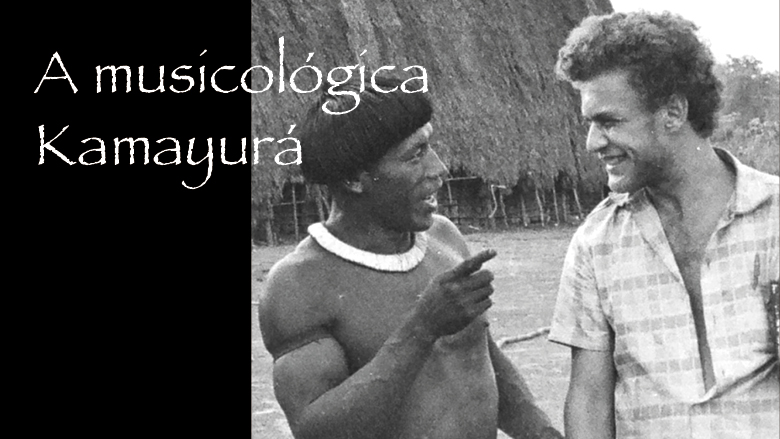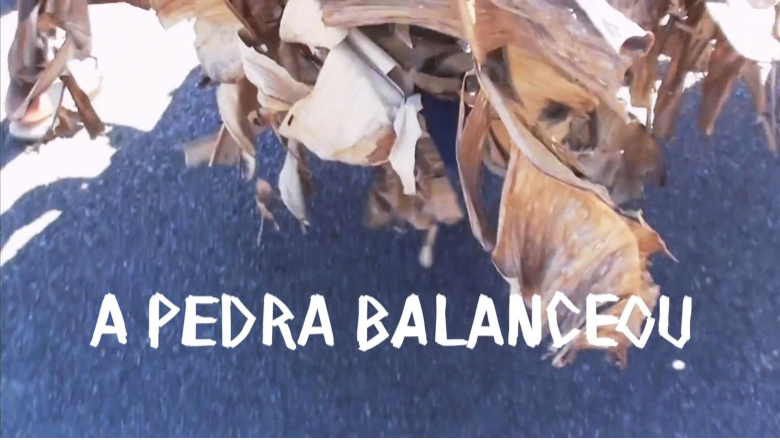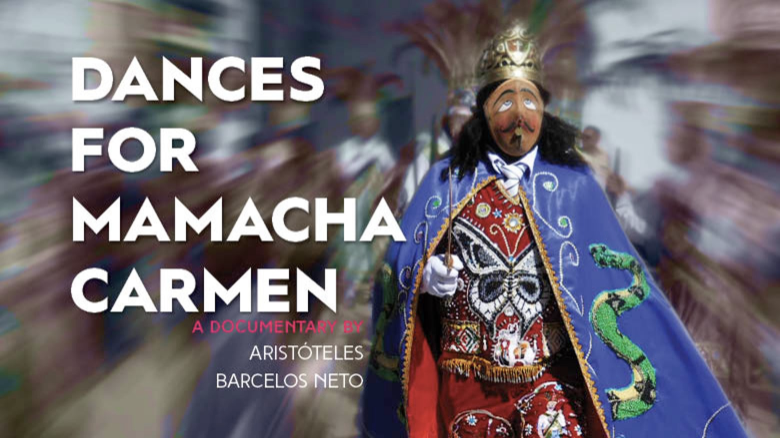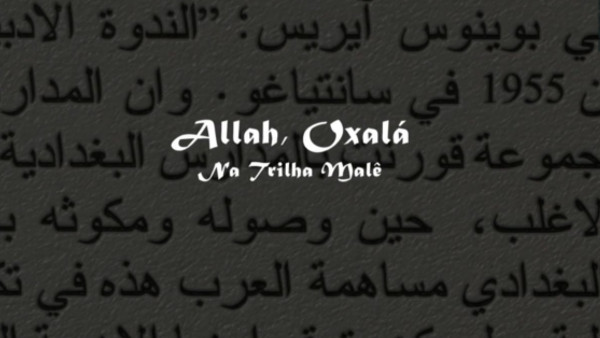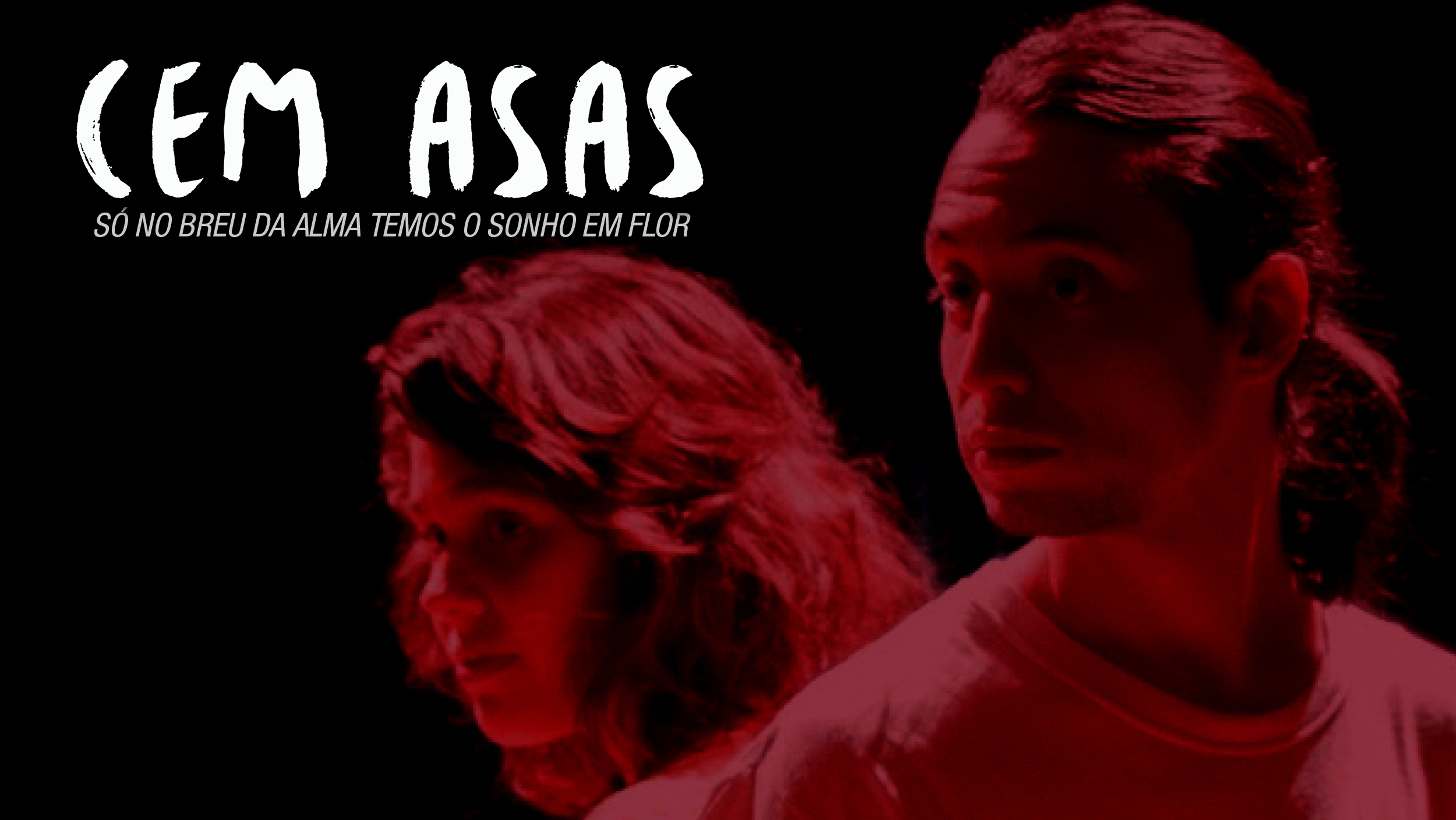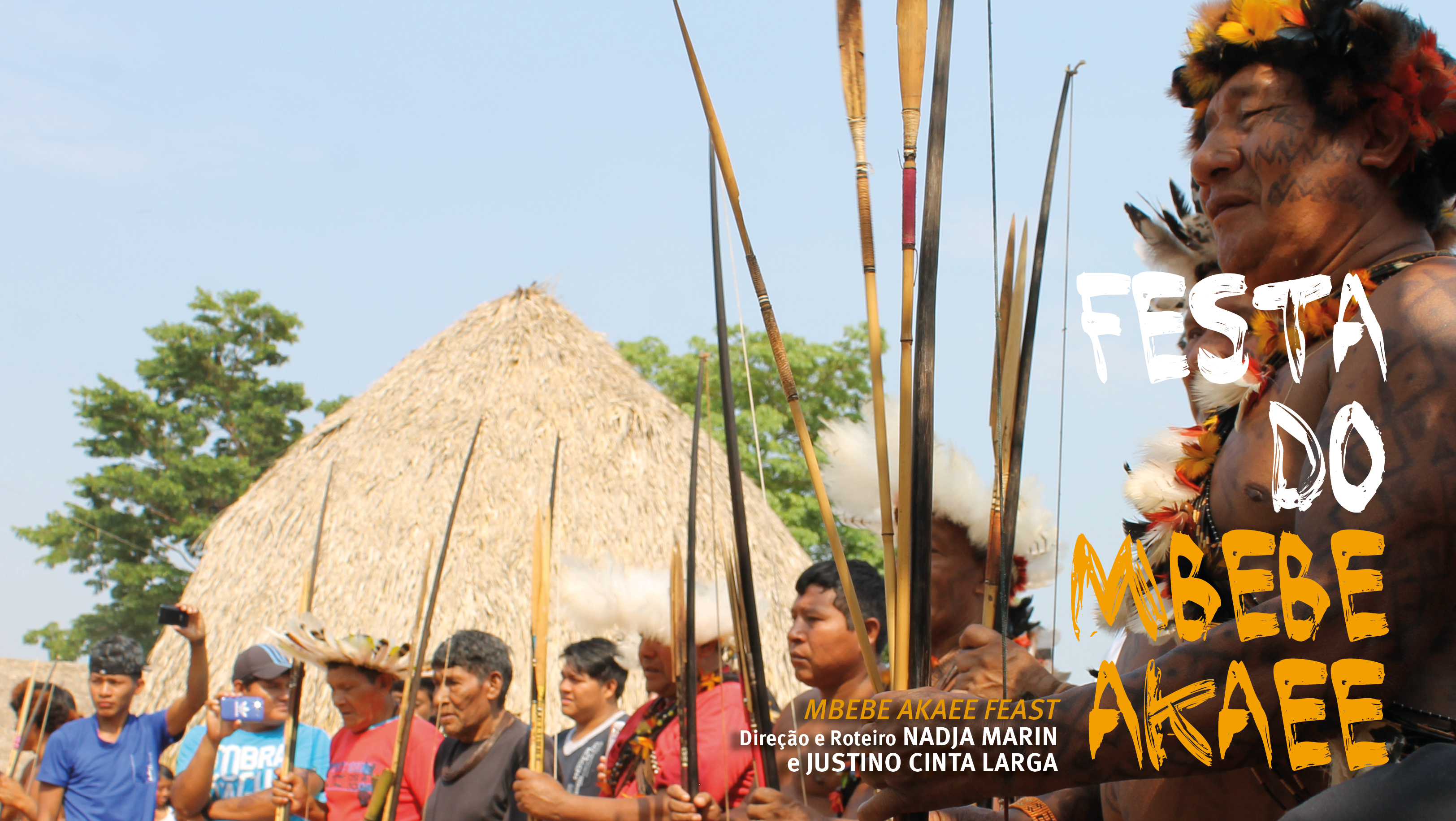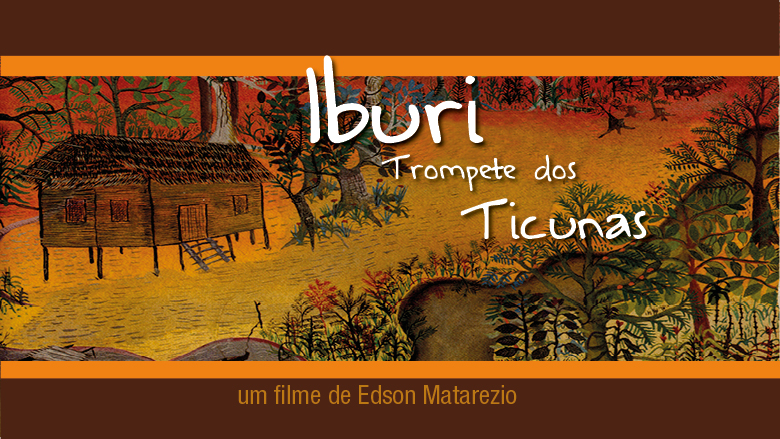Videos
Mozambican musicist Lenna Bahule comments on her trajectory, her relationship with Brazilian music, African references and performs with the Bahule Quartet at the Immigration Museum in São Paulo, the city where she lives today.
afrosampas afro-sampas afro.sampas
The Wajãpi from Amapá have their Kusiwa graphic standards recognized by Iphan as immaterial cultural heritage of Brazil. In 2015, the young Wajãpi researchers decided to show on video some of the characteristics of these brands and their owners, the care and effects of their use, and their concerns about the practice of these paintings in the new generations.
Following his artistic path, Chico Saraiva meets up with 7 master musicians who share their experiences: João Bosco, Sérgio Assad, Paulo César Pinheiro, Paulo Bellinati, Marco Pereira, Luiz Tatit and Guinga. The conversation, with acoustic guitars in hands, reveals multiple ways of how music is created through the particularly fertile relationship between solo guitar pieces and popular brazilian songs.
The film, made in partnership with a group of young women from the Tenonde Porã village, in São Paulo, mixes fiction and documentary in a narrative around the figure of Piragui, owner of the fish in the Guarani Mbya tradition. It was carried out in partnership with LISA (Laboratory of Image and Sound in Anthropology) at the University of São Paulo, guided by Profa. Dr. Rose Satiko and with support from CNPQ.
Eagles are special animals of prey. They always look around for new opportunities. They have piercing eyes that allow them to identify a target as they fly. The Eagle is Miguel Aguila. The Eagle is a Cuban expatriate, a pariah, who now lives in Victoria, British Columbia, Canada. This shor character film is about the incredible life of Miguel: the highjacking of a train in Cuba, the traffic of cars in the U.S., the cooking experiences on ferries and the hard work in the oil industry in Canada. More than anything, The Eagle is a funny and touching slice of life of a Cuban who now struggles for the biggest challenge: his fight against cancer.
In the interview A Musicológica Kamayurá, Professor Rafael José de Menezes Bastos tells us about his formative years and his first professional experiences. He comments on his main intellectual gurus and on the political context that marks his professional activity at FUNAI in the 1960s and also his Master's years at the University of Brasília. Also part of this interview are some of the main theoretical and methodological issues that mark the book A Musicológica Kamayurá (1978), such as the question of musical metalanguage and the importance of ritual in the constitution of musical systems, themes that will be taken up in later works by the author .
This interview is part of Volume 1, n.1 of GIS - Gesture, Image and Sound. Journal of Anthropology at the University of São Paulo, published in June 2016: www.revistas.usp.br/gis
Peppers in the eyes is a film in which photography, memory, experience and music are interwoven to tell a little of the daily life in a “peripheral” district of the metropolitan region of São Paulo, the District of Peppers in Guarulhos.
Wolf, Ohuaz, Thais and Fabio narrate their relationship with the neighborhood, their stories and dreams. Their narratives dialogue with many landscapes that are formed from the photographs that so many residents performed throughout their lives or produced within the photographic workshops Peppers in Eyes is not refreshment held since 2008 by VISURB - Group of Visual and Urban Research of UNIFESP (Universidade Federal de São Paulo).
The stone has swung explores the exchanges between the popular tradition of Nego Fugido and the performing provocations of agitprop – agitation and propaganda – by theater companies in the metropolis. Transported from its traditional setting in Acupe, Bahia, the Nego Fugido hits the streets of São Paulo revealing a powerful aesthetic force that converges with the militancy of theatrical groups in social movements of our time. Actors dressed in swirling banana-leaf skirts cut through the urban traffic to break out utopias, struggles and tensions.
Karoline is a young woman who wants a more exciting life than her normal routine in a telemarketing centre. In the streets of Cidade Tiradentes, the largest low-income housing development in Latin America, Karoline chases her dream of becoming an MC in a place known as the Funk Factory.
The film is an ethnofiction that explores the universe of Funk, a practice involving music, dance, technology, fashion and consumption that has emerged as one of the most prominent cultural manifestations among Brazilian youths.
Fabrik Funk is the result of a collaboration between anthropologists from the University of São Paulo and the University of Victoria with residents of Cidade Tiradentes working in different ways in the local art scene.
Supported by FAPESP and UVIC, the film was recorded in June and July 2014, in Cidade Tiradentes/SP, and edited between São Paulo/Brazil and Victoria/Canada in 2014 and 2015.
The worship of Our Lady of Mount Carmel by the peoples of Central and Meridional Andes is characterized by the performance of ritual masked dances, which is said to be the goddess’ favorite act of devotion. This ethnographic film presents the ritual experience lived in the Paucartambo village – a gateway to the ancient Inca region of Antisuyu – where nineteen dance groups gather every July to create a moment of socio-cosmological synthesis through the convergence of images about ancestry, colonial oppression, slavery and exchange between dwellers of different ecological zones.
Original version in Spanish
Portuguese subtitles for the deaf
English subtitles
In Campinas, São Paulo, black men and women, with ages between 70 and 90 years, are active in a black cultural movement, that is essentially dedicated to recreating African-Brazilian musical repertoires considered
traditional. Although seen as the most experient people in this musical traditions by the current communities, their youth memories do not directly refer to jongos, samba de bumbo or maracatus, but to gala balls. In a conjuncture marked by segregation, from the 40s to the 60s in São Paulo, these dances, attended mostly by blacks, are revisited in the film, showing their importance for the formation of a black community started in past and continuing into the present.
The Malês Uprising, which took place in 1835, significantly marks the Afro-Islamic universe. Literate blacks, who did not accept being subordinate to slaveholders. In Islam, slavery is prohibited, as man must serve only God. In this documentary, the aesthetic and narrative expressions between the holy people and Muslims intersect, bringing other versions that make us enter other stories, that are not only the "official", but also those that are told to us through myths and that enrich this magical universe that permeates the lives of Malês/Muslims.
Cem Asas tells the story of a man trapped in a psychiatric hospital, who decides to escape to prevent his beloved from making a pact with the God of Madness.
Throughout this escape attempt, the character encounters challenges that go beyond rational logic.
The MBEBE AKAEE Feast, or the Feast of the wild pig is the main ritual of the Cinta Larga Indians. Guests from surrounding villages are invited to dance, sing, drink cassava chicha, have fun and most important to shoot the wild pig with their bows and arrows. The feast was held in Village Roosevelt in September 2014.
This documentary records the process of building and running the trumpet Iburi, a Ticuna Indians instrument that is played during the ‘Festival of New Girl’, the female initiation ritual of the Ticunas. The girl who menstruated for the first time will be primed recluse until her Party, which in the end will liberate her from seclusion. Behind the place of imprisonment will be the tools that will counsel the girl. The¬se instruments can not be seen by women, children and especially the girl being initiated. Parallel to the construction of Iburi, the film shows the story of To’oena, “the first new girl” who, in time of myth, broke the taboo and paid with her life.


